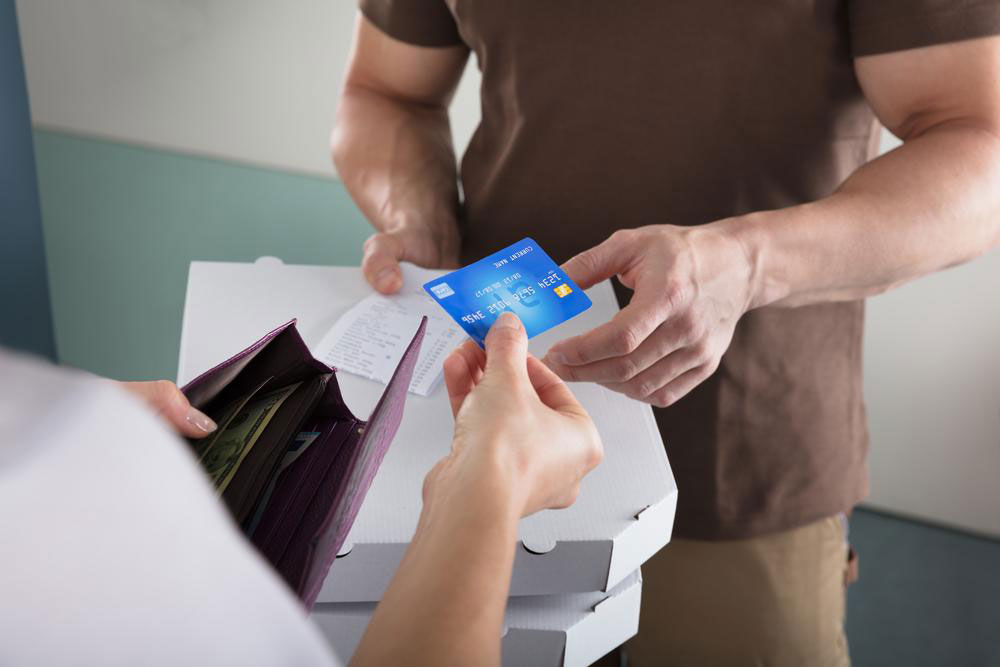Here’s what you need to know about cashback credit cards
A credit card is a card issued by a bank that allows the cardholder to purchase services and goods on credit.
The card issuer, which in most cases is a bank, will provide a ‘revolving account’ ( the type of credit account) through which the cardholder may make payment on part of the balance. Interest is charged on the unpaid balance. That’s then added to the total that the user owes.

The card issuer grants a ‘credit line’ to the holder, from which money can be borrowed for payment to a merchant. The term ‘credit line’ is also used to refer to the credit limit of a customer, that is, the maximum amount of credit a customer is allowed.
Cashback Reward Program
Cashback is one of the many perks that card issuers offer to cardholders as incentives.
This program is operated by the card issuer, where a percentage rate(around 0.5 to 2%) of select purchases is paid back to the cardholders. For example, if your card gives you 1% cashback, then you’ll earn $1 for every $100 you pay.
Sometimes cashback is paid annually, monthly, or at the end of the year. Some card issuers need cardholders to call to get cash back.
One credit card company actually offered a percentage rate of 5% on purchases. This consisted of – grocery items, gasoline, and purchases from drug stores. It also had a full 1% on other purchases, no matter what the spending amount was.
Some issuers offer a cash bonus to spend a certain amount within a given period of time (around $50 to $200). That’s a lot of money in your pocket.
Credit card programs like Cashback are helpful to people who pay off their credit card statement every month. If the balance isn’t paid within the time limit, the extra interest eclipses any reward points earned.
How To Avoid Losing The Rewards
One problem that some cardholders face is that some card issuers rarely show the cardholder which purchase amounts earned cash back.
Usually, the reward check is automatically mailed to the cardholder, but recently, the more common theme is for the cardholder to process the reward check once the cash back reaches a certain amount.
That’s called as ‘Breakage’. This means that card issuers get increased profits when a cardholder fails to collect their reward.
Consider going for reward programs like this if you spend a lot of money in categories that offer cash back like gas, clothes, groceries, food, etc.
But if you carry a balance (like most people), it’s better to go for a low-interest card. Otherwise, you’ll be spending a lot on interest. See what incentives are right for you. A little bit of research can find a lot of different cards that can be potentially amazing for you.


